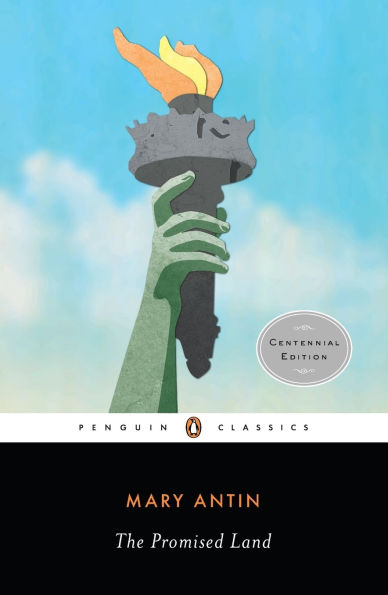For the centennial of its first publication: a new edition of a seminal work on the American immigrant experience
Weaving introspection with political commentary, biography with history, The Promised Land, first published in 1912, brings to life the transformation of an Eastern European Jewish immigrant into an American citizen. Mary Antin recounts "the process of uprooting, transportation, replanting, acclimatization, and development that took place in [her] own soul" and reveals the impact of a new culture and new standards of behavior on her family. A feeling of division—between Russia and America, Jews and Gentiles, Yiddish and English—ever-present in her narrative is balanced by insights, amusing and serious, into ways to overcome it. In telling the story of one person, The Promised Land illuminates the lives of hundreds of thousands.
For the centennial of its first publication: a new edition of a seminal work on the American immigrant experience
Weaving introspection with political commentary, biography with history, The Promised Land, first published in 1912, brings to life the transformation of an Eastern European Jewish immigrant into an American citizen. Mary Antin recounts "the process of uprooting, transportation, replanting, acclimatization, and development that took place in [her] own soul" and reveals the impact of a new culture and new standards of behavior on her family. A feeling of division—between Russia and America, Jews and Gentiles, Yiddish and English—ever-present in her narrative is balanced by insights, amusing and serious, into ways to overcome it. In telling the story of one person, The Promised Land illuminates the lives of hundreds of thousands.

The Promised Land
416
The Promised Land
416
Product Details
| ISBN-13: | 9780143106777 |
|---|---|
| Publisher: | Penguin Publishing Group |
| Publication date: | 06/26/2012 |
| Pages: | 416 |
| Product dimensions: | 5.00(w) x 7.60(h) x 0.90(d) |
| Age Range: | 18 Years |
